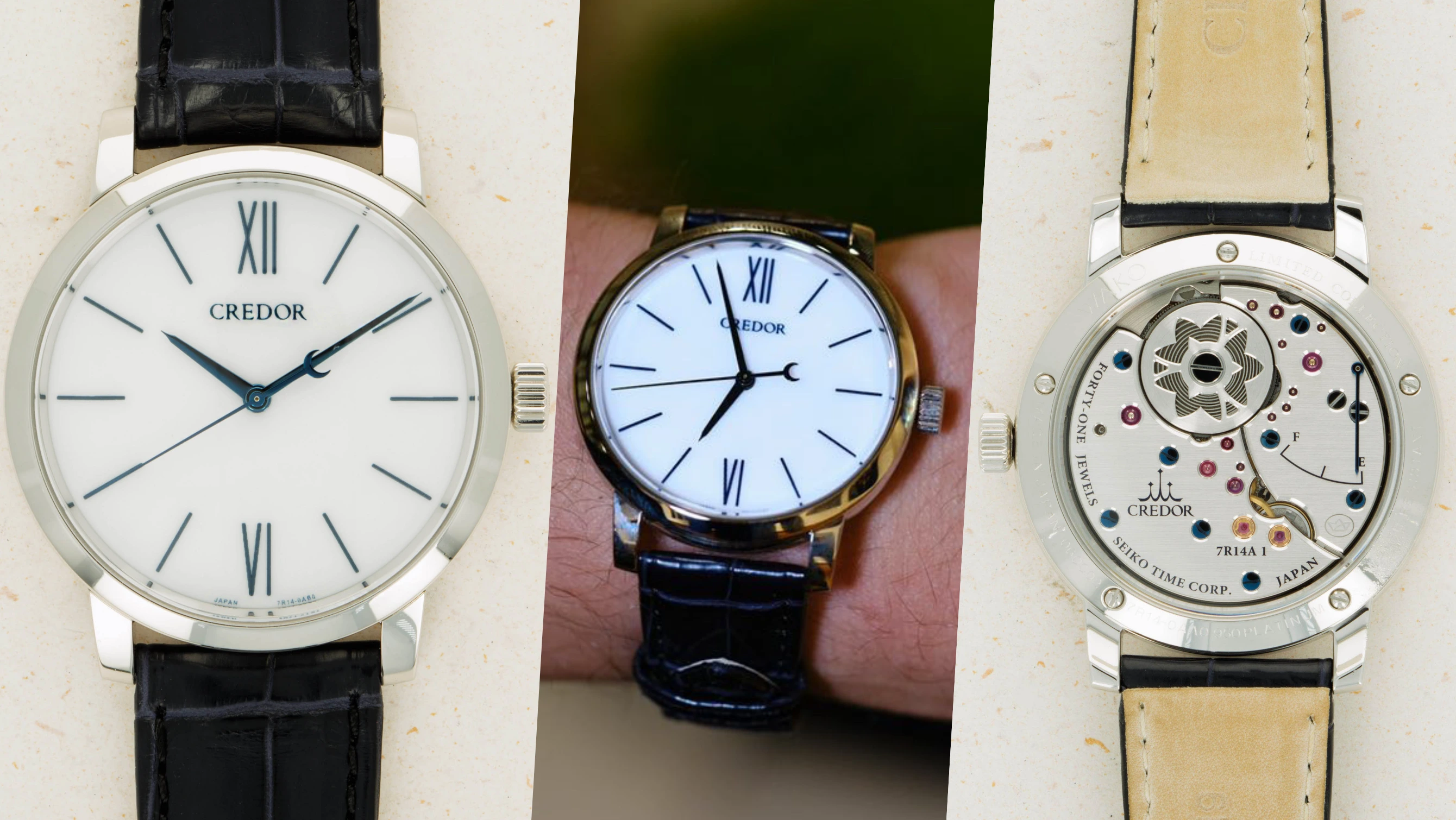I just bought my exit watch… WTF do I do now?
Zach BlassWhenever I have been asked what my ultimate watch, my grail watch, or exit watch is, I have always answered it to either be a Philippe Dufour Simplicity or Credor Eichi II. Routinely checking the auction website Loupe This, I have seen a few Eichi II watches come up for sale, and with each one hammering off, I wondered whether I should have been brave or, rather, irresponsible, and gone after them. Thinking the opportunity to score one for a proportionally good price had sailed off into the wind, I was a bit deflated. But as luck would have it, yet another Eichi II would surface on Loupe This – arguably the most special yet.
View this post on Instagram
This particular model was a WAKO Limited Collection configuration sold only at the flagship store in Japan, this platinum-cased model has a white porcelain dial that is distinguished with Roman numerals at the 12′ and 6′ positions rather than the usual lined indices. With ten minutes left in the auction, I would place my max bid – sceptical I would win – even wondering if I wanted someone else to outbid so that I would not undertake the financial hit. I covered my eyes with my hands, and even put my phone face down on my desk, with a timer set to go off once the auction closed. After ten excruciating minutes and the alarm sounding, I would unlock my phone to see that I managed to win. Disbelief, joy, anxiousness – these feelings all rushed through me. Ultimately what I felt the most was an eager anticipation and excitement for its arrival. A satiation I can only describe as a ‘horologasm’. The moment I unboxed this watch, I have never been more happy – at least horologically speaking to seem more human . Once in hand, it marked the transition from fantasy to reality, and with it on my wrist, I felt I had climbed horological Mt Everest. But, once you arrive at the top of the mountain, the only thing left is to go down. After taking in the stunning dial, the gorgeous movement, and having it on the wrist for an hour or so, the realization hit me. I just acquired my exit watch, WTF do I do now?
Why I consider the Credor Eichi II exit watch-level worthy
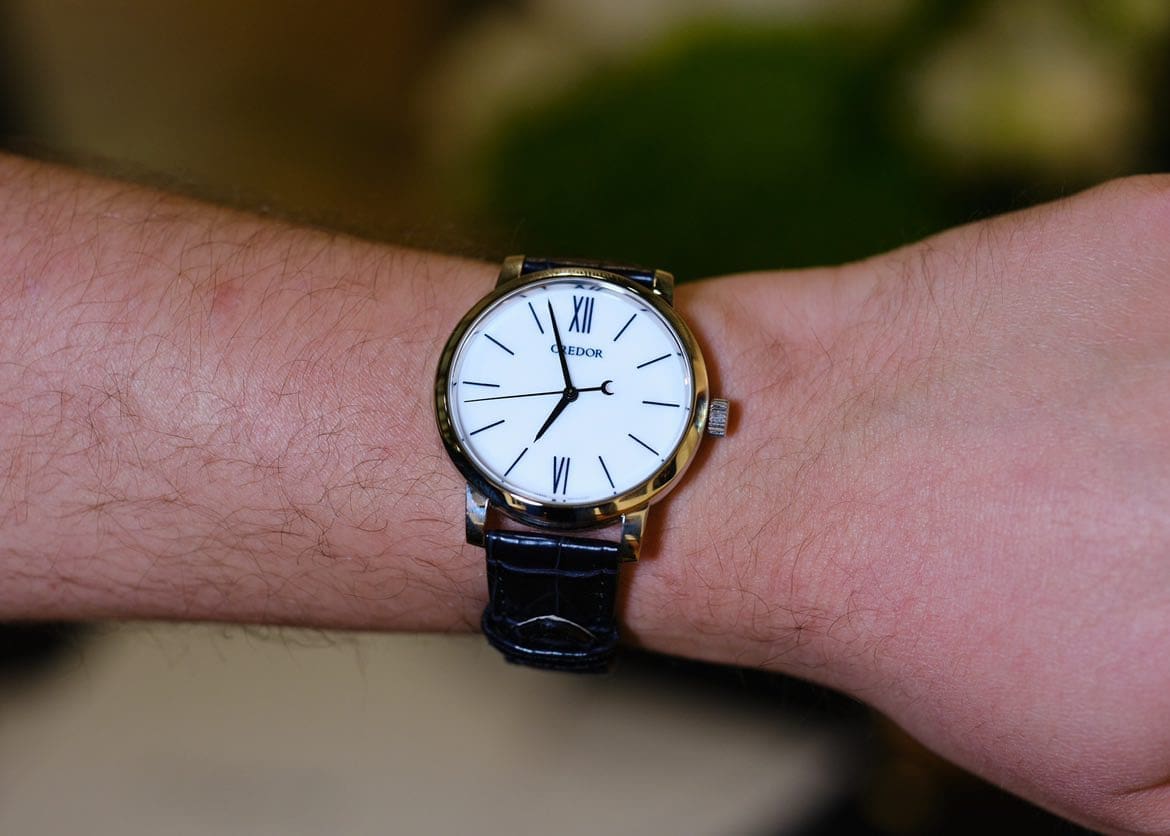
I guess I should first qualify why the Credor Eichi II is exit watch-level in my eyes. When I first saw one at a Grand Seiko event years ago, I immediately knew it was one of the most beautifully crafted watches I had ever seen. Before I even understood all the nuances, the clean and crisp simplicity of the dial aesthetic stood out with its purity and perfection. And, it does not take a well-educated horology enthusiast to recognise that the level of finishing on the movement is sublime. Learning more about the watch, however, reveals that simple is not so simple. It takes a lot of skilled hand-craftsmanship to make these watches. After all, the Micro Artist Studio makes no more than twenty Eichi II watches per year, allegedly making around 25 watches in total.
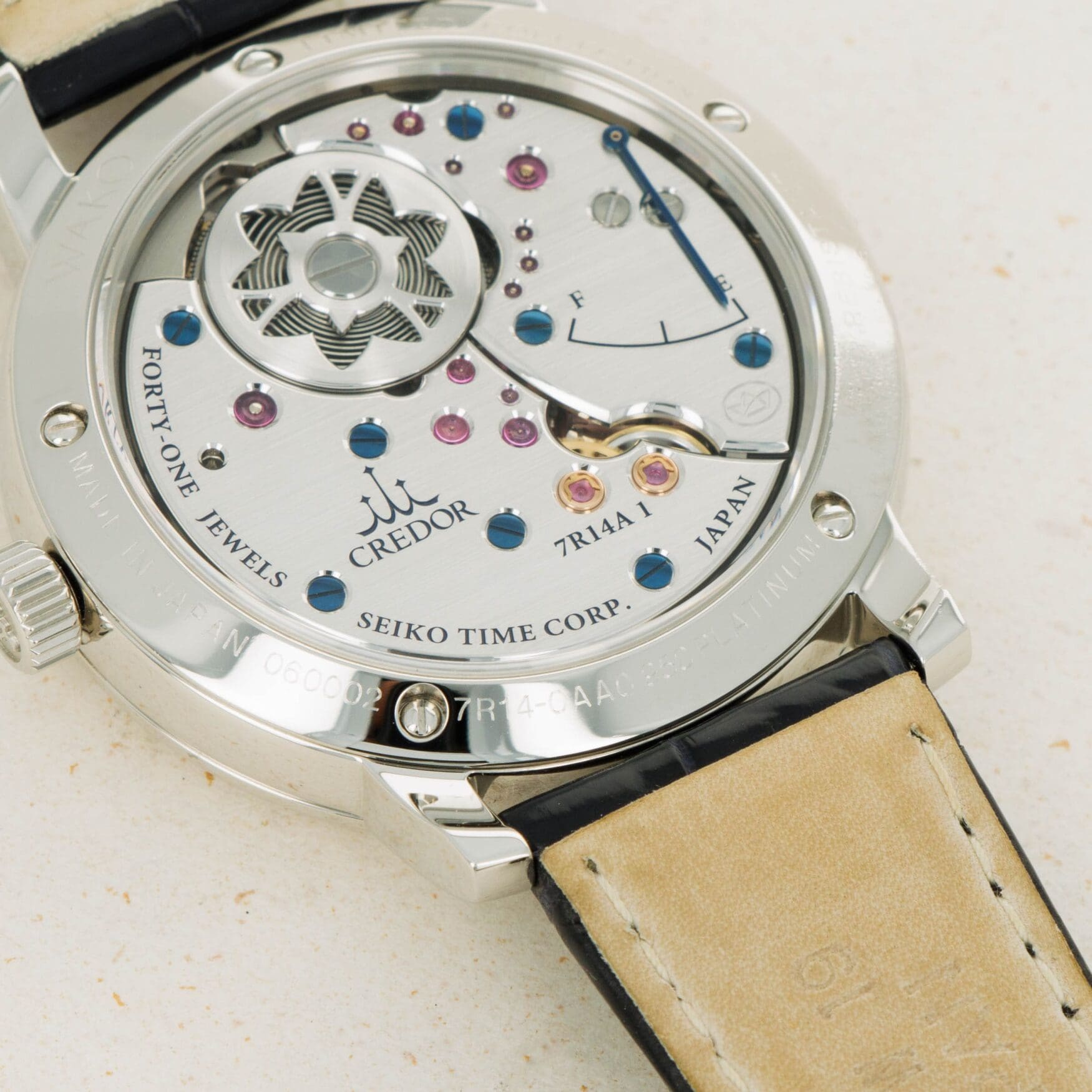
The Micro Artist Studio is within the Seiko/Epson Studio Shinshu in Shiojiri, the Seiko factory which handles all Spring Drive and 9F quartz watchmaking. As we have come to know with Grand Seiko, design elements of the Credor Eichi II stem from nature – pun intended. The thick anglage of the bridges, achieved with gentian wood in the same manner Philippe Dufour finishes his watches, takes the form of a curving stem – the two semi-circular cutouts evoking small leaves. As you follow these lines up to the openworked barrel, you see four bellflowers that each also display best-in-class bevels. A bellflower can also be seen engraved on the bridge, just beneath the power reserve indication. It is not only the logo of the Micro Artist Studio, but also the symbol of the Shiojiri region. Natural muses aside, every aspect of the movement is finished and decorated to the highest standard. It really does not get better than this.
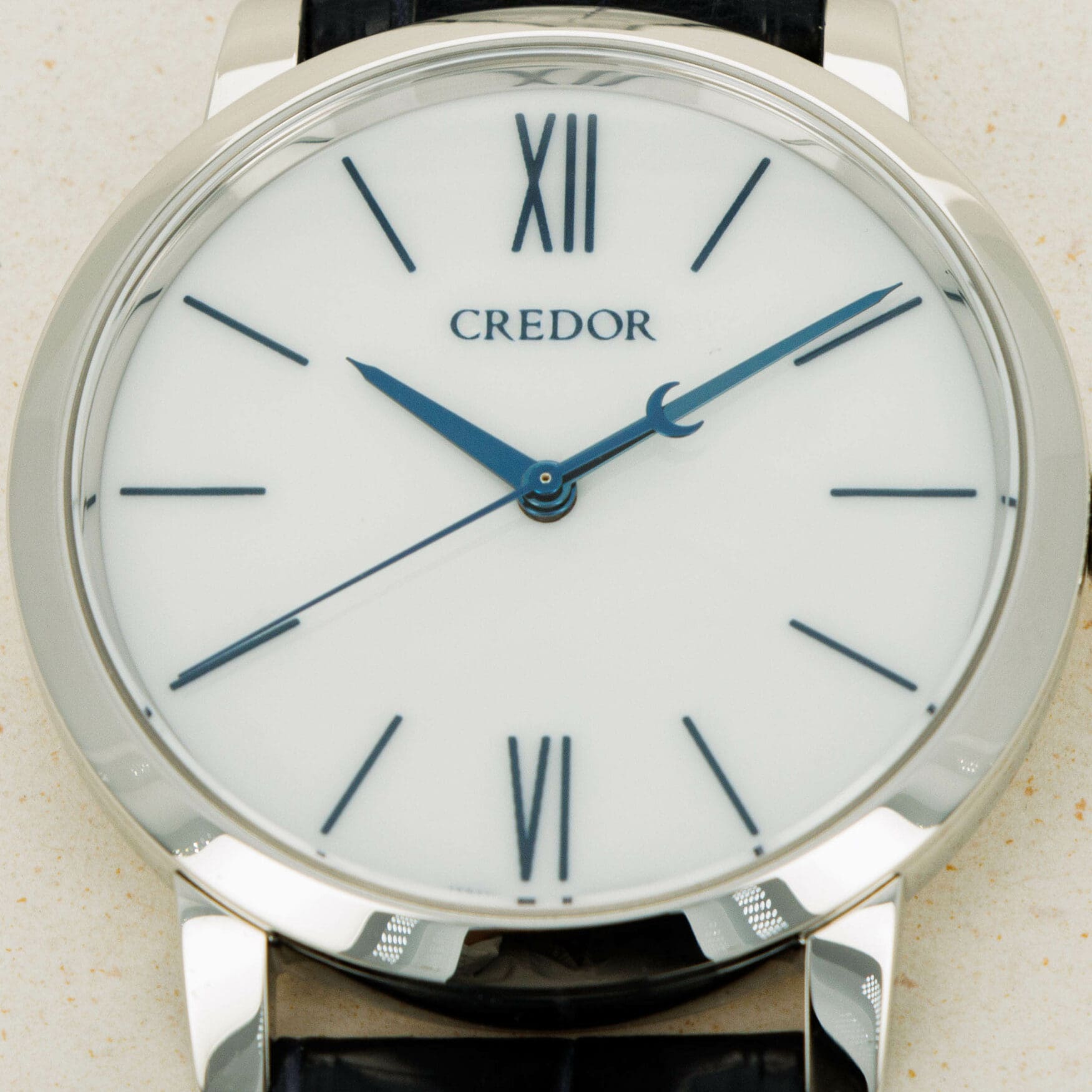
The dial is deceivingly simple, with most probably assuming it to be white enamel with blue-printed indices and Credor logo. Wrong. What you see on the white porcelain dial, aside from the three central hand-blued hands, is all hand-painted – even the Credor name. While visiting the factory, I did not get a chance to see the artisans decorate the manually wound Spring Drive 7R14 movement, but I did get to watch a Micro Artist Studio artisan hand-paint a dial. While watching him, it almost looked like he was not moving. It is only when playing the video at five times the speed that you see his hand moving. Before the artisan hand-paints the dial, the indications and logo are transferred via paper printing, and then fired in an electric furnace at 800 degrees Celsius to create a draft for overpainting. Once completed, the artisan then mixes four types of paint and applies it with a very fine brush. Once overpainted, the dial is then fired again. This gives unparalleled dimension and depth to these indices and logo, which, when louped, have microscopic imperfections that tell their hand-made story. The result is effectively like a porcelain-white cake, with the logo and indices being the hand-applied icing done so well you would think it was the work of machinery rather than a human being. No industrial means could result in the same level of aesthetic.
Where do I go from here?
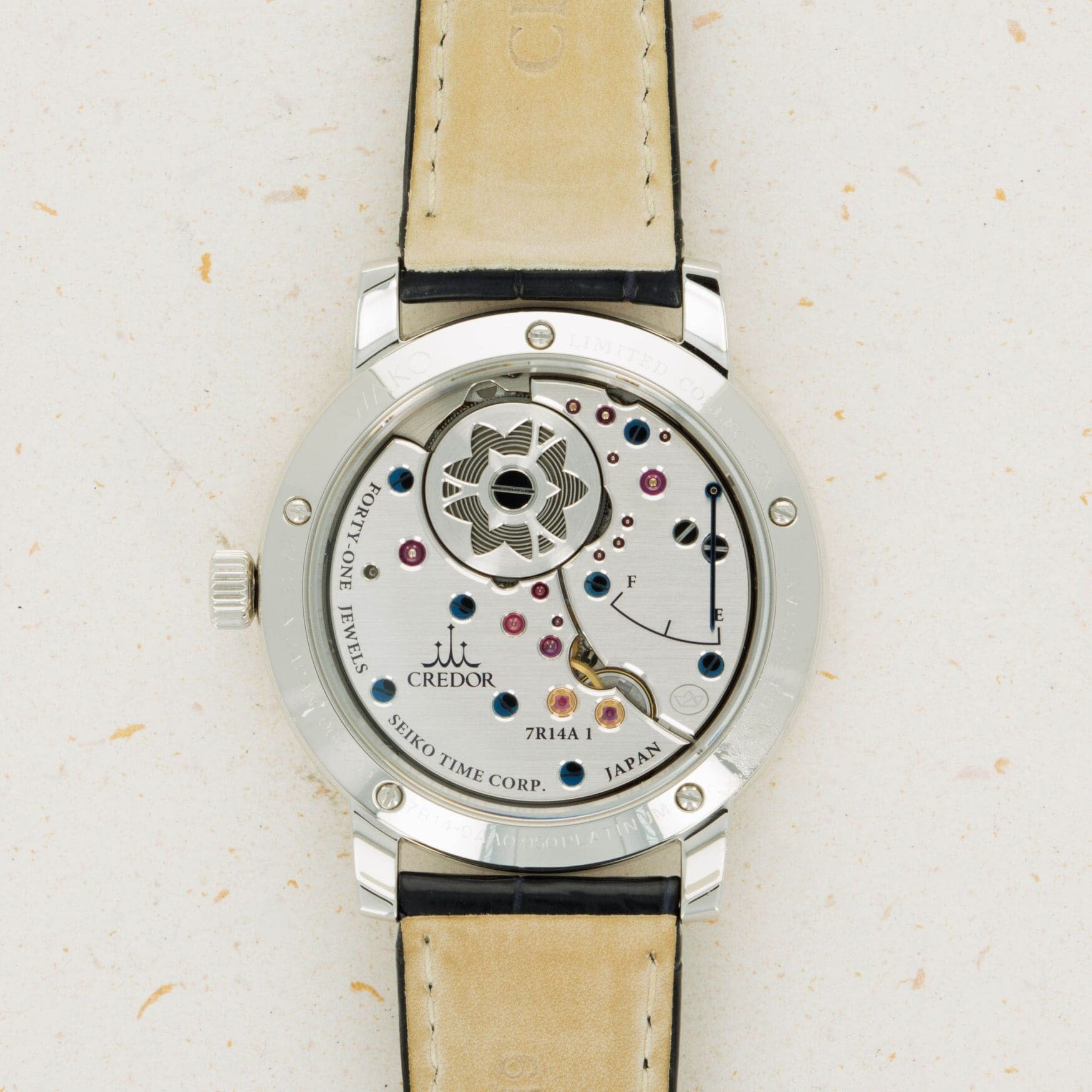
George Bamford often says this on About Effing Time, but there is a ceiling in terms of what I am comfortable spending on a watch. To be blunt, I have been a delusional 30-year-old in the sense that I have bought expensive watches I probably should not own at my age – no less as someone in the journalism profession. I do not normally disclose prices in my collection columns like Trading Faces, but the auction result can be searched on Loupe This. At US$34,100 after the 10% buyer’s premium, this is by far the most I have ever spent on a watch. It is a lot of money, but in watch guy math, it was an absolute steal. In May, one of these Eichi II Wako Editions hammered off for roughly US$52,000 – effectively the original retail price of the watch. Managing to score one at a fraction of its retail is, on one hand, comforting, but I cannot ever imagine spending more than this on a watch – at least not for many decades, and not without something leaving my collection in the process.
If you read my relatively recent column where I detail how I have hit a wall in my watch-collecting journey, then you are already aware of the idea that I am rather content with where my collection is now and find myself in a stalemate. Sure, there are watches I would like to own, but the pieces I would be willing to part with would not net what I would need to make such trades and transactions happen. And, the ones I could leverage are watches I have no desire to part with. Here lies the dilemma. Now, once I receive the right offer, out of reluctant duty I do plan on selling a watch from my collection to offset the cost of acquiring this Eichi II as much as possible – my A. Lange & Söhne 1815 Up/Down ref. 221.021. Knowing that I am willing to part with the Lange to bring in the Eichi II is enough of a testament to just how high I hold the Eichi II in regard.
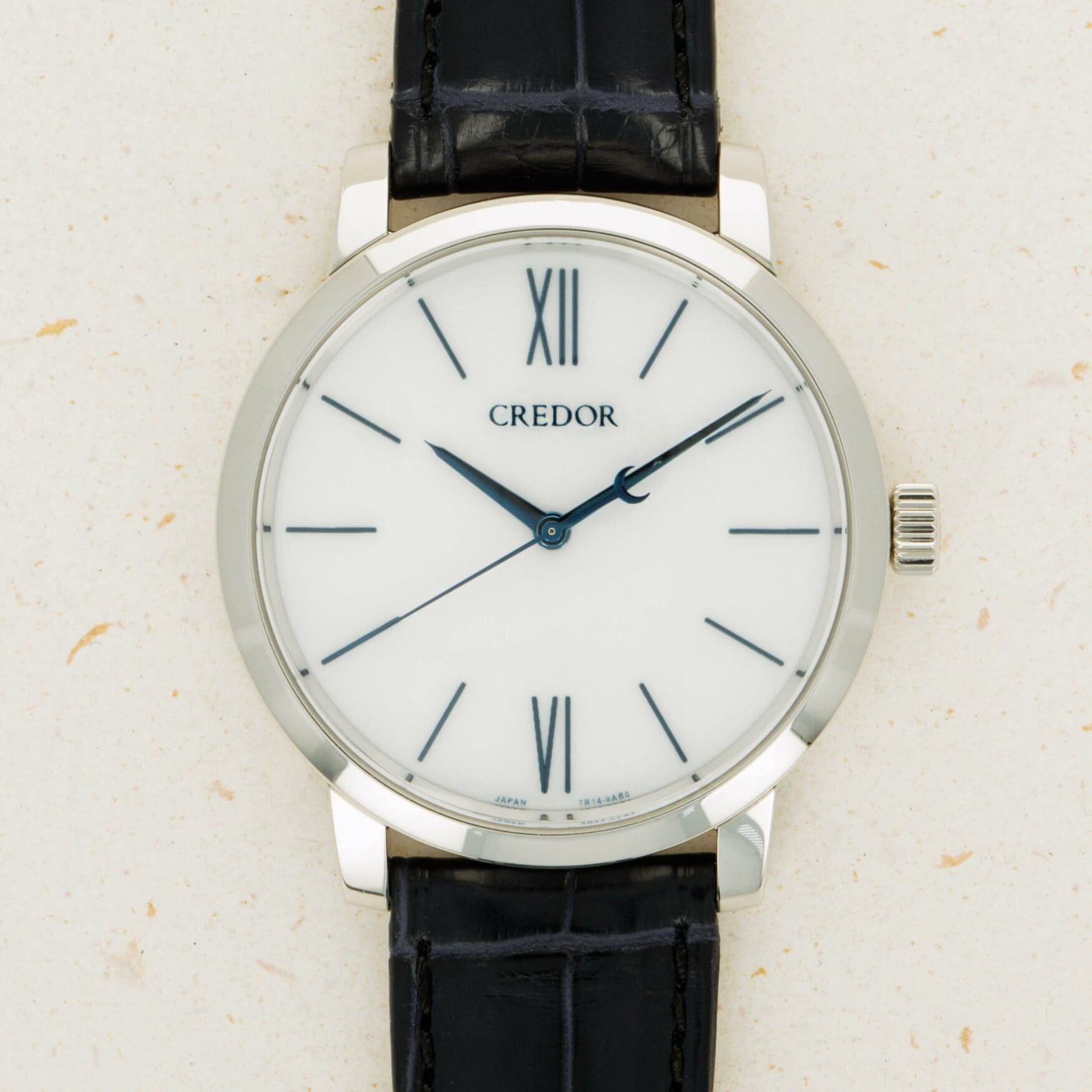
Before I purchased the Eichi II, my stance on my future watch purchases was the idea that nothing would enter without something leaving – one-in-one-out, so to speak. But that did not mean I was not willing to spend cash in addition to trading or selling a watch for the next watch. No Trading Faces I have ever written has been a straight watch-for-watch trade, always with varying degrees of added financial input to make those deals happen. Now, however, my stance has evolved, and this is where the notion this Credor Eichi II truly is my exit watch comes into play. Moving forward, unless my circumstances change drastically, I have no plans to spend any more money on watches. The core horological roster of what I rotate between is everything I could want and need. At least “need” from a functionality standpoint, the ownership of any of these watches is by no means necessary in my life. In terms of the watches I own mentioned above, the ones I would be willing to part with but by no means have the greatest secondary market value, I could very well in a Marie Kondo-like moment declutter my collection to bring in a single watch I would prefer instead. Such a hypothetical transaction could perhaps yield a Tudor Black Bay 54 or another entry-level luxury timepiece.
Would such transactions disqualify my claim the Credor Eichi II is my exit watch? Does an exit watch signal the cessation of all watch-collecting activity? Or does it simply mean you will no longer spend more money on watches? If your view aligns with the former, then you probably think I am being inaccurate by saying I have purchased my exit watch. If your definition of an exit watch aligns with the latter, then you likely do not take issue with the semantics of me saying it is an exit watch. But, based on the comments of my pseudo-announcement reel seen at the top of the page, very few of you, regardless of your definition, believe this is not my last watch by either definition of exit watch. Understandable considering we all know watch-collecting is a bit of an addiction where romance and emotion often trump logic, rationality, and pragmatism. Based on my watch-collecting past, along with my reputation for Trading Faces frequently, I would understand that the odds are set for this retirement announcement to end up just like Brett Favre or Tom Brady in which I return to the field shortly after stating I am leaving for good. Being 30 years old was another point of doubt from commentators on the reel. Therefore a Björn Borg analogy may be more apt considering how young he was when he retired from tennis, but alas he would come back for a brief stint years later.
In fairness to my claim, I really do believe very few watches, if any, hold a candle to the Credor Eichi II. Again, this is based on my perspective and taste. And at this point in my collection, with the one-in-one-out philosophy, if everything I ponder as a potential contender cannot overthrow what I perceive are the champions in my existing collection then nothing else will come in. If nothing in my mind really beats the Eichi II, then that is textbook exit watch material. The only thing my collection arguably lacks is complication. But, while I admire the effort, skill, and beauty of complicated watches, I much prefer cleaner and simpler watches. Complications are ultimately more complicated to own and are more expensive to maintain – perhaps why the simplicity of the Eichi II aesthetic, and the simplicity of its Spring Drive movement from an operation perspective, are so alluring to me.
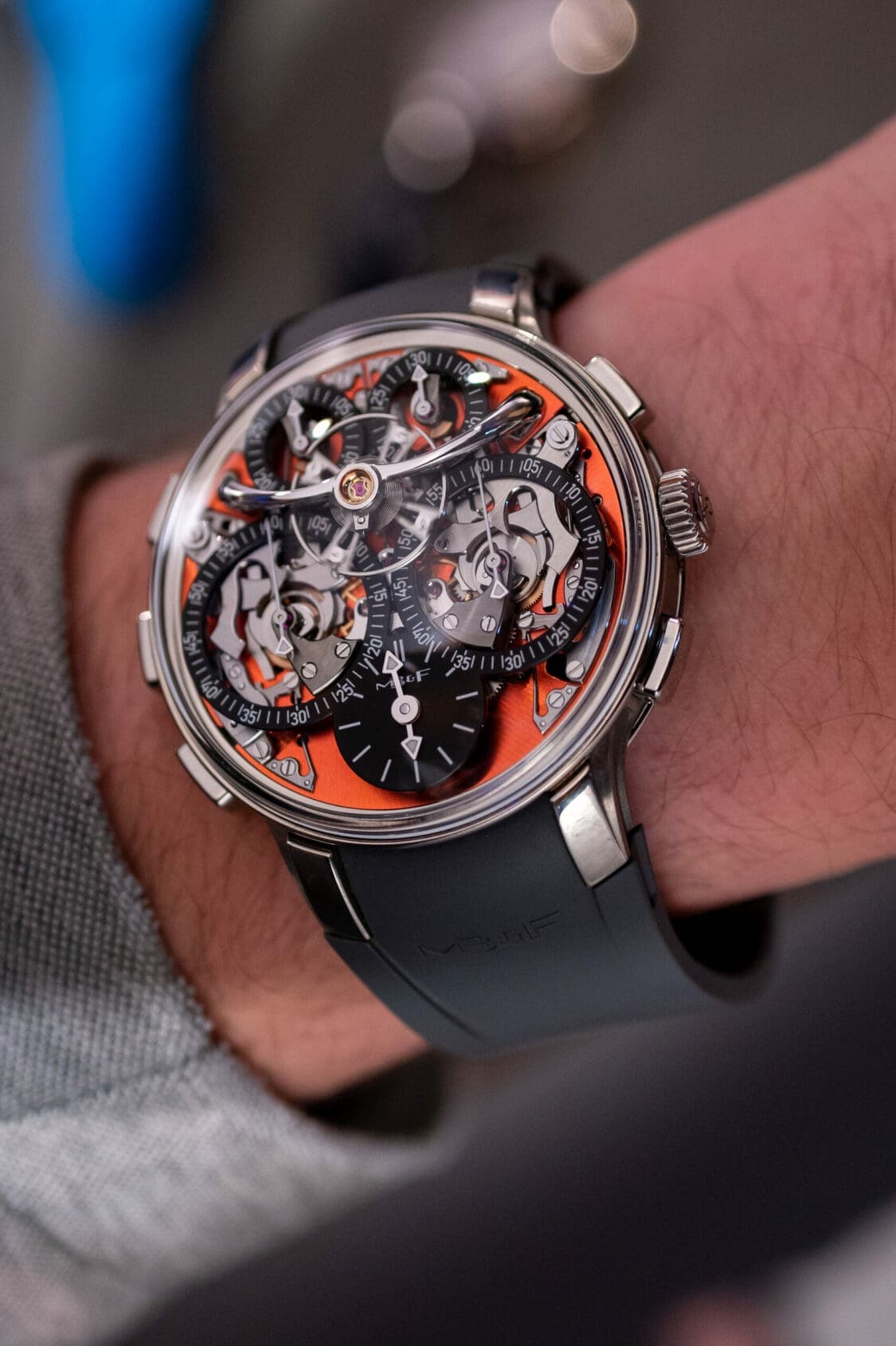
Have I ever pondered whether I really need two kidneys, and how much would one be worth to somebody while holding watches like the MB&F Sequential EVO? Guilty as charged. The US$180k price of a Sequential EVO, though, is a sum I can never see myself spending outright, short of living alone forever and winning the lottery. Nor would I ever want to sell my Eichi II or entire collection for that matter, to make such an acquisition happen (not that my entire collection could even fund an outright trade for a Sequential EVO). Time will tell whether I relapse, but I have already noticed over the last few weeks that I have been far less interested in looking at watch listings from the angle of a hunt. Lately, I have just been browsing out of professional and enthusiastic curiosity to be apprised where market values sit. You may strongly doubt me, but I strongly believe this is really going to stick. WTF am I going to do now? Enter my era of strictly admiring and learning more about watches, but no longer hunting them. Sad, but satiating.




